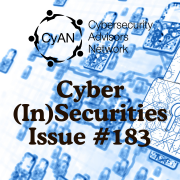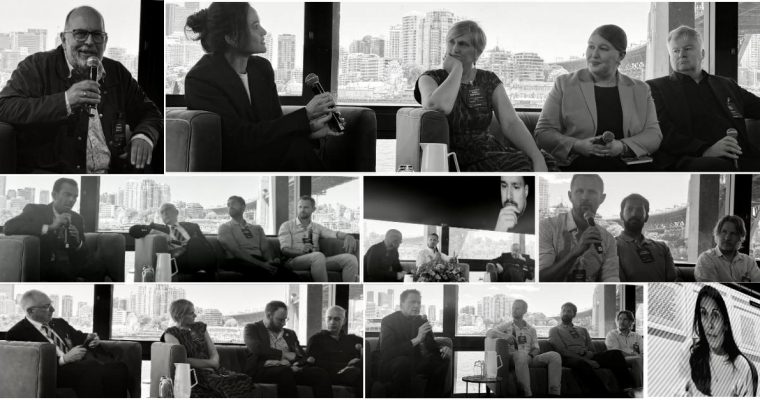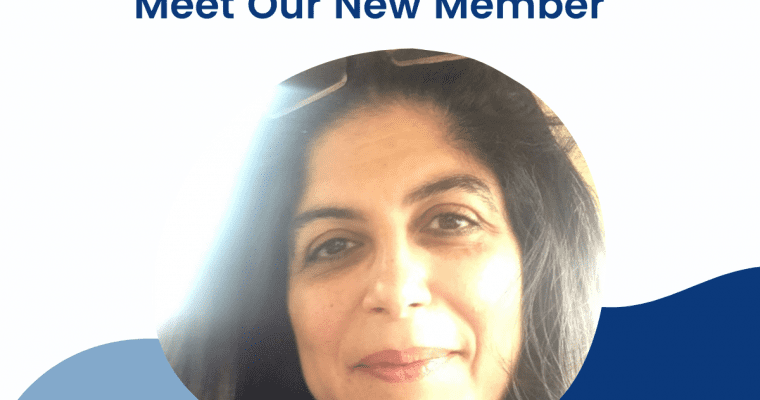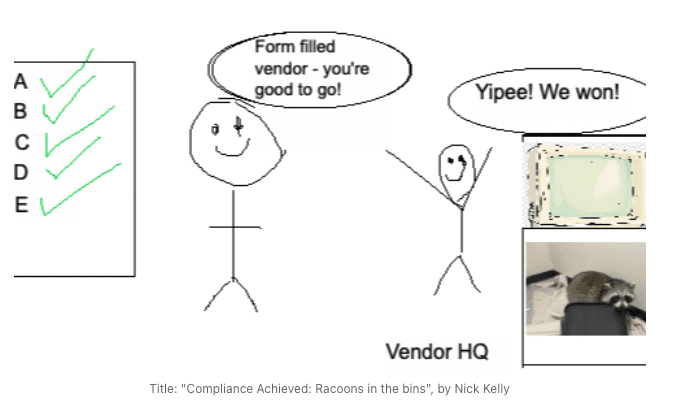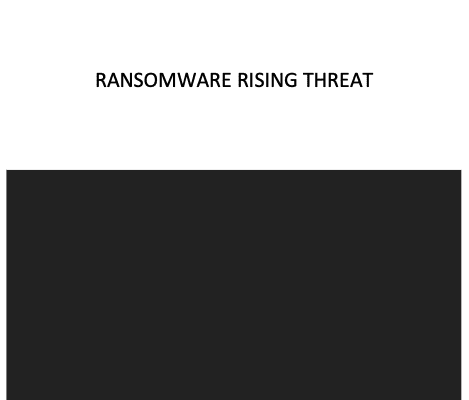Please welcome our newest member from Australia, Sanchay Joshi
Sanchay is a techno legal cybersecurity professional with over eight years of experience across Deloitte in the United States offices in India, KPMG India, and PwC India. He is currently pursuing a Master of Cyber Security in Cyber Defence at The University of Queensland. He …

